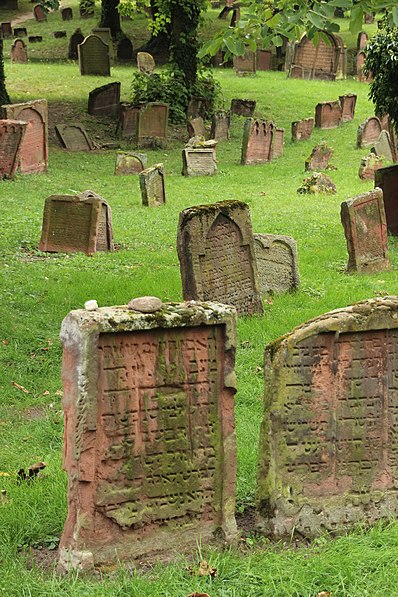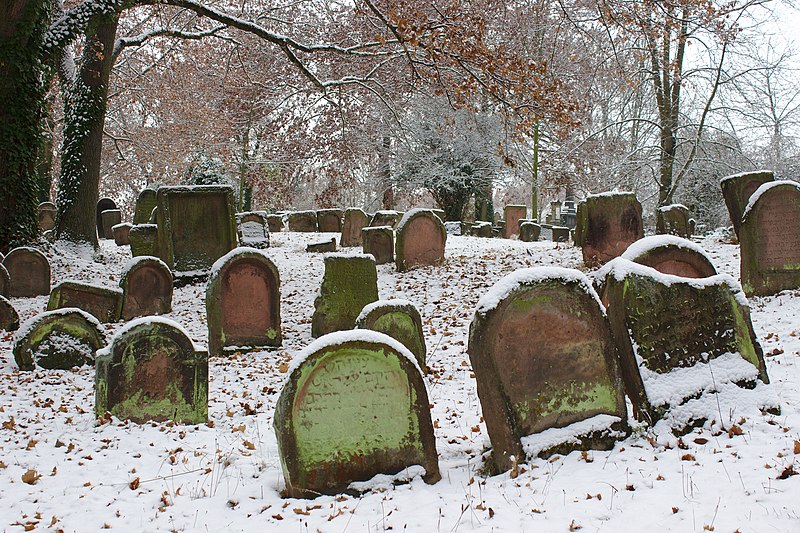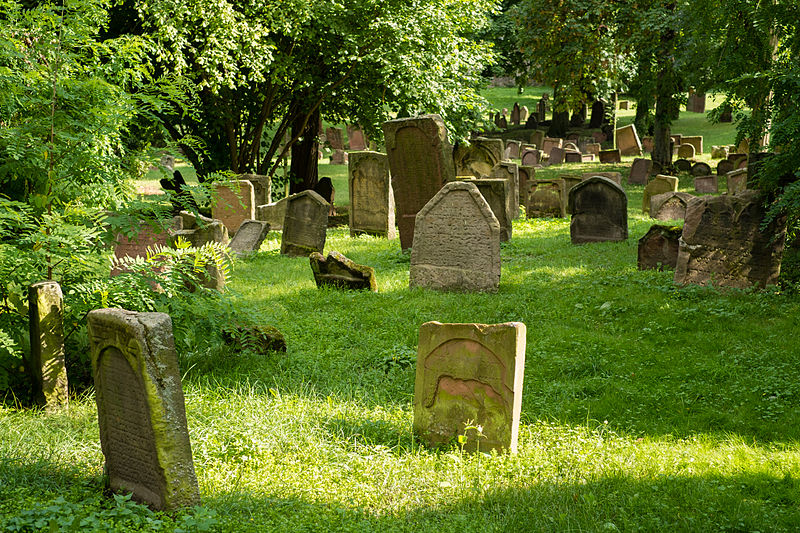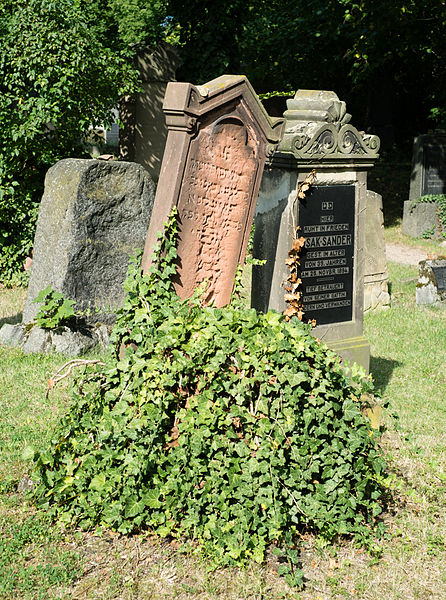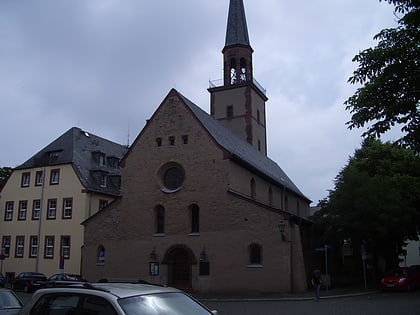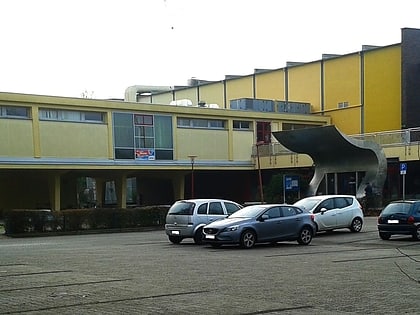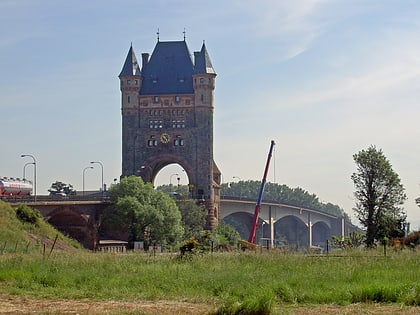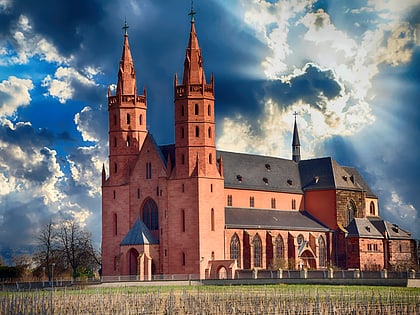Jewish Cemetery, Worms
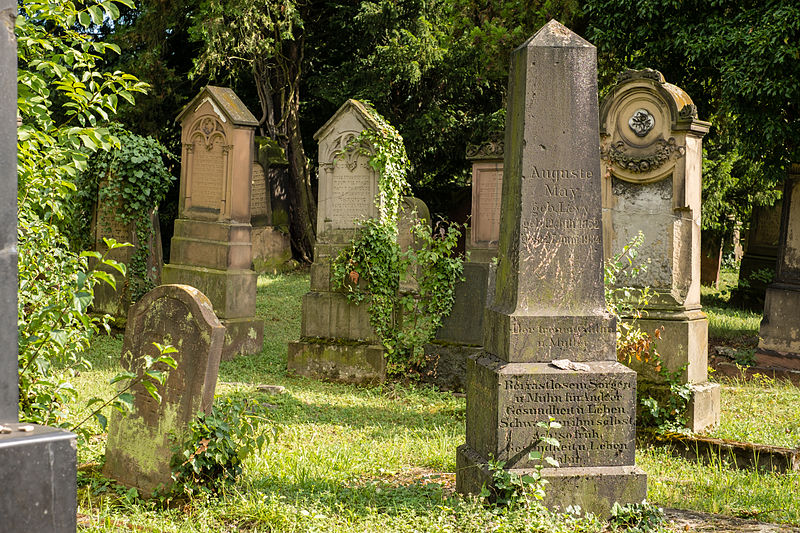
Facts and practical information
The Jewish Cemetery in Worms, Germany, stands as one of the oldest surviving Jewish cemeteries in Europe, with origins dating back to the 11th century. This hallowed ground, often referred to as "Heiliger Sand," holds a profound historical and cultural significance, serving as a poignant reminder of Jewish life and heritage in the region.
Spanning over seven centuries of history, the cemetery is the final resting place for more than 2,500 marked graves. The oldest legible tombstone dates back to 1076, belonging to Rabbi Meir of Rothenburg, a revered medieval rabbi and poet. His gravesite has become a place of pilgrimage for many visitors.
The layout of the cemetery is a physical chronicle of the Jewish community's presence and evolution in Worms, with tombstones varying in style and inscription, reflecting the changing times and artistic influences. The Hebrew inscriptions on the gravestones are of particular interest to historians and linguists, offering insights into the lives and legacies of the individuals buried there.
Visitors to the Jewish Cemetery in Worms will find a serene and contemplative environment, with pathways meandering through the ancient stones and meticulously maintained grounds. Information panels are strategically placed to provide context and understanding of the site's history and its significance within the Jewish diaspora.
Willy-Brandt-Ring 21Worms
Jewish Cemetery – popular in the area (distance from the attraction)
Nearby attractions include: Wormser Dom, Nibelungenmuseum Worms, Worms Synagogue, Museum der Stadt Worms.
Frequently Asked Questions (FAQ)
Which popular attractions are close to Jewish Cemetery?
How to get to Jewish Cemetery by public transport?
Bus
- Andreasstraße • Lines: 401 (2 min walk)
- Domplatz • Lines: 401 (3 min walk)
Train
- Worms Hauptbahnhof (10 min walk)


